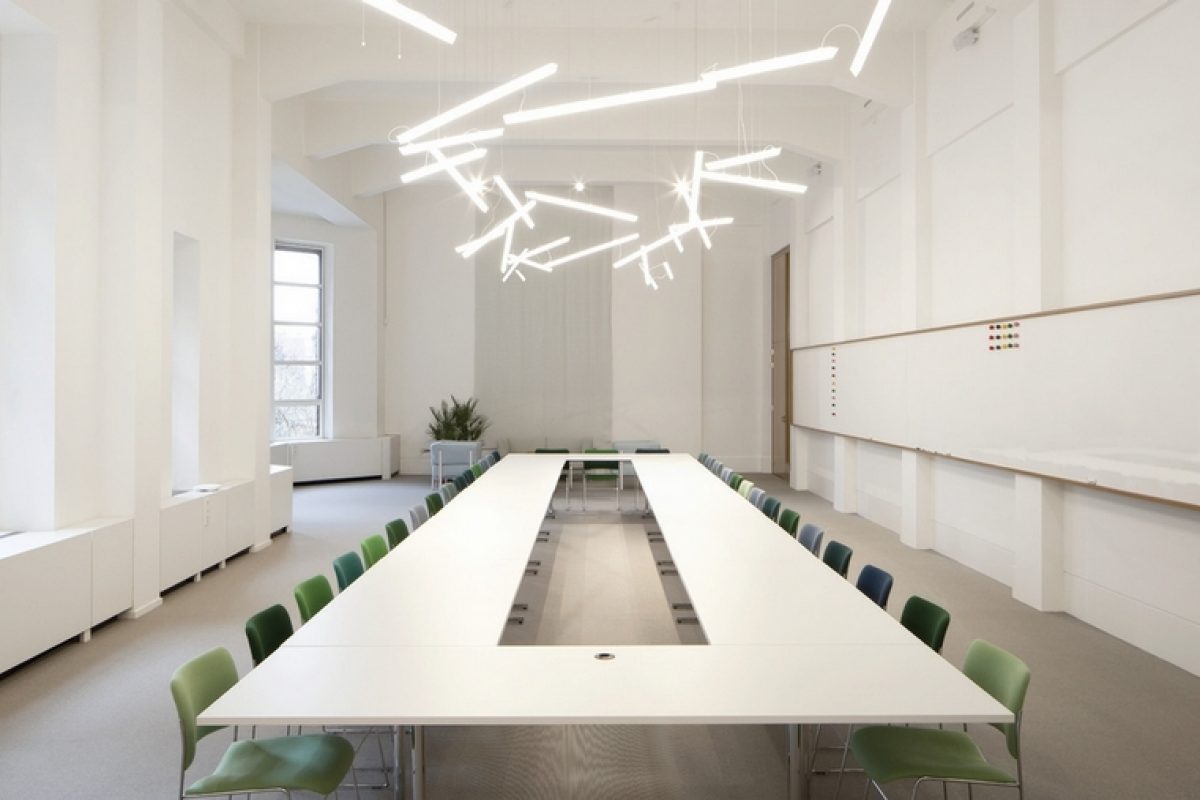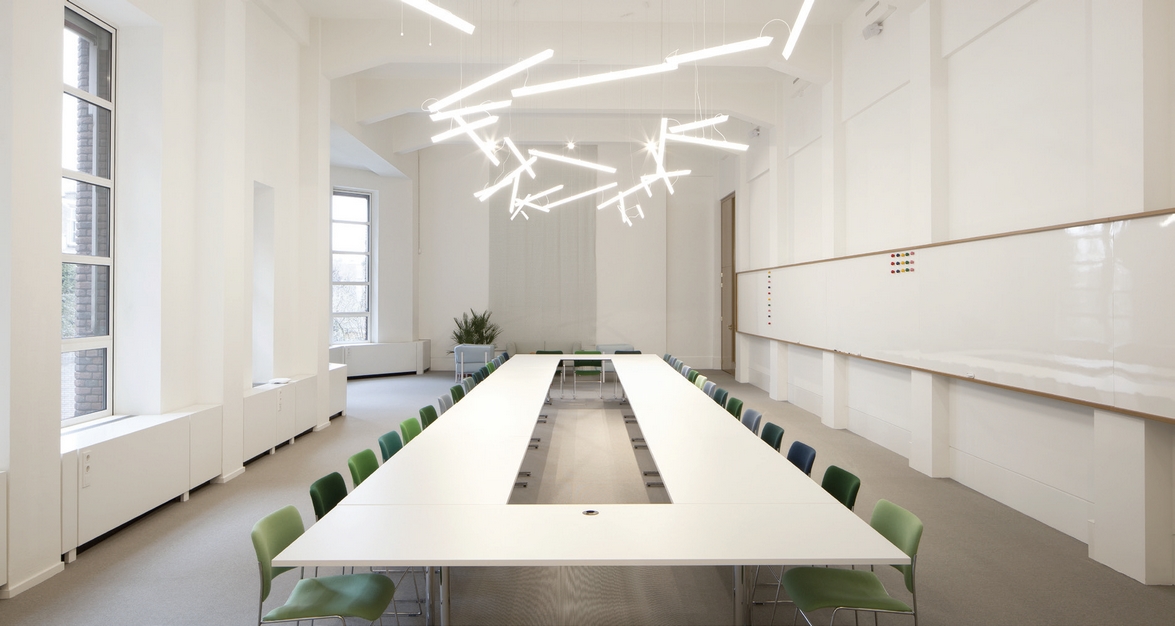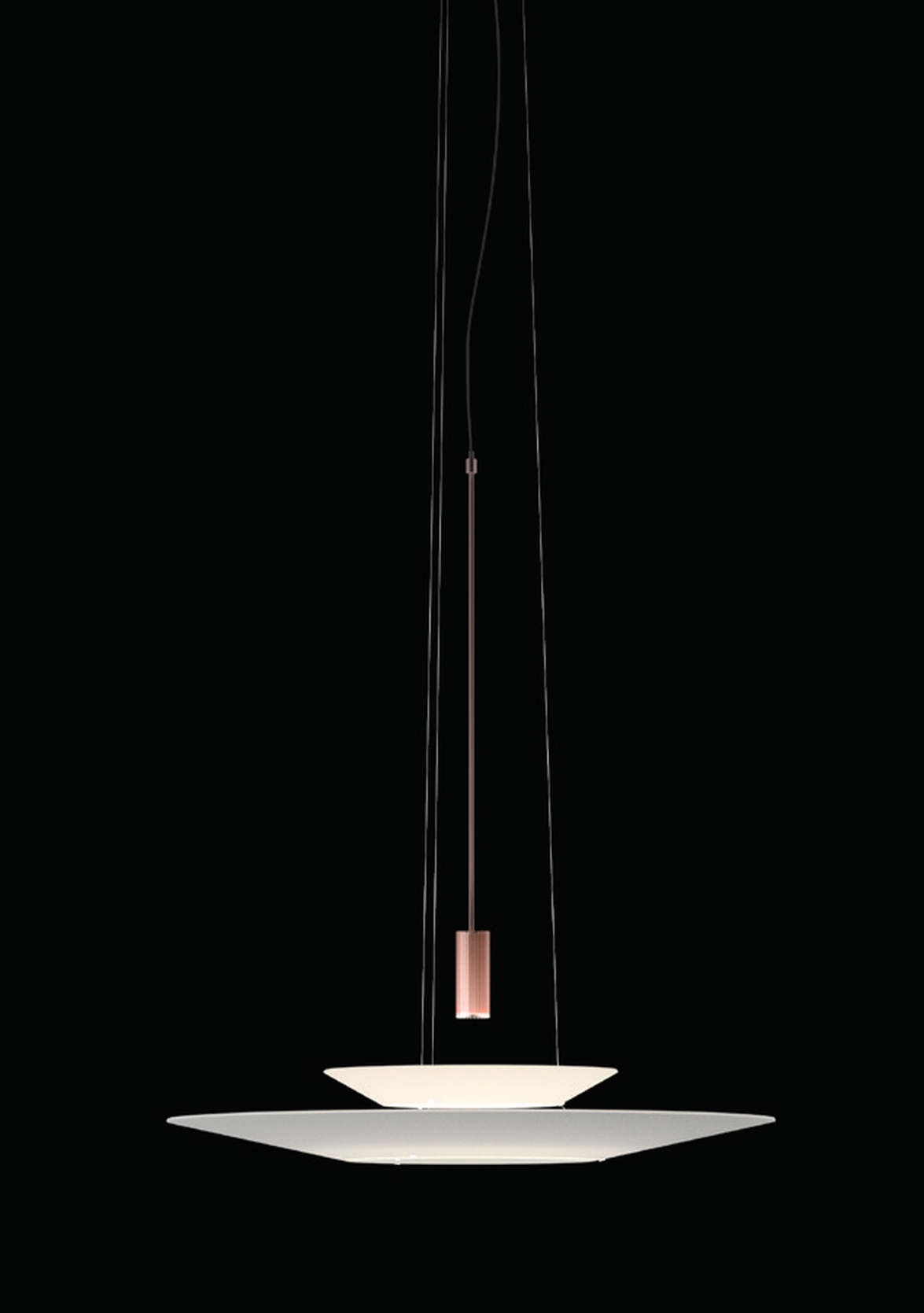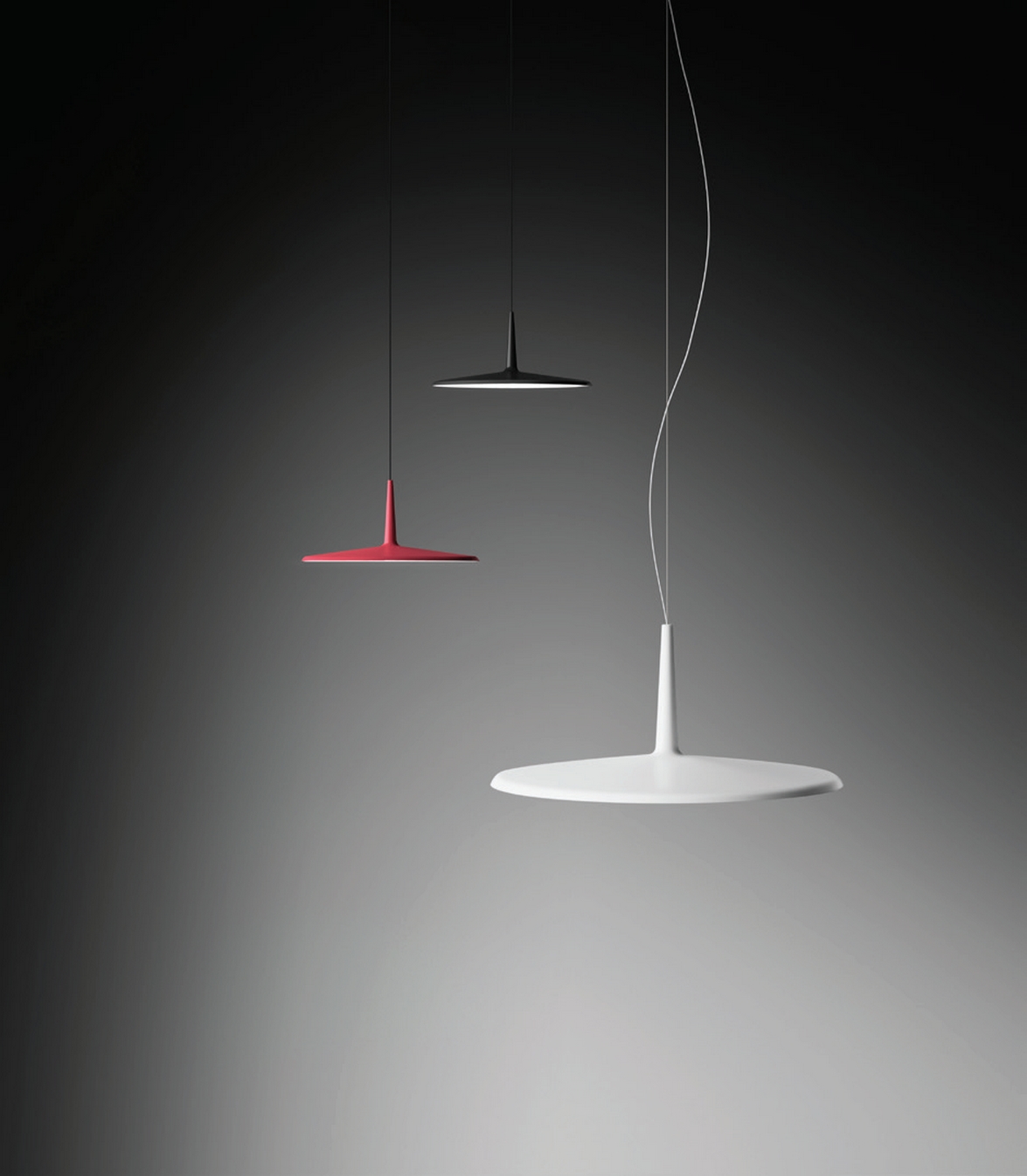VIBIA presents the lamps with LED technology. Transforming lighting design

The advent of cutting-edge LED technology has dramatically affected lighting over the past decade. No longer driven by a particular lighting source, designers now have free reign to experiment with form and special effects. Vibia Spanish lighting company asked some of its favourite designers to discuss the ways LEDs have influenced their work, from innovation and lighting precision to energy efficiency and more.

Martín Azúa, who created VIBIA's HALO pendant, explains it this way: “The LED is synonymous with creativity. It has been a revolutionary shift in all things related to lighting, greatly diversifying it.” The designer of ALGORITHM, Toan Nguyen, concurs. “Unlike traditional lighting, LEDs don’t restrict the shape of a lamp. Rather than creating fixtures with certain lighting sources in mind, “now each lamp has its own LED, specially manufactured for it,” says Antoni Arola, who designed BAMBOO y FLAMINGO for VIBIA.


Designers cite LEDs’ small size as a critical factor in the enhanced creativity. “Lamps can take on a more graphic character,” says Azúa, “reduced in many cases to pure and essential elements.” HALO, a model of minimalism, embodies this idea with LEDs tucked away in its understated silhouette. Consuming up to 80% less electricity than incandescent or fluorescent bulbs, energy
efficiency offers another design advantage. Nguyen's ALGORITHM, with its striking “surface of lighting points was possible only with LEDs,” he states. “Traditional lighting sources would have wasted a huge amount of energy and produced an exaggerated amount of unnecessary lumens and heat.”

LEDs also offer designers myriad technical benefits. “They allow for very controlled lighting of different zones while leaving other areas in the shadows,” says Azúa, a precision that produces “luminous, almost magical objects.” This ability to “direct the temperature and intensity of the light,” Jeannette Altherr states, “helps architects and interior designers create a narrative experience.”

Para Toan Nguyen, y dada la intensidad de luz que emiten los LEDs, es importante la eficiencia de los difusores. En ALGORITHM, colocó los LEDs en el interior de los difusores de cristal soplado opalescente, maridando muy hábilmente un material intemporal con tecnología punta. Para difundir la luz, la lámpara FLAMINGO de Antoni Arola utiliza una serie de pantallas, logrando formas de luz deconstruidas, que producen una gradación de luces indirectas. “Es como si la luz fuera proyectada sobre diversas pantallas”, explica Arola, “un efecto que jamás hubiéramos podido conseguir con bombillas”.
Because LEDs typically emit intense light, efficient diffusers are important, according to Nguyen. With ALGORITHM, he placed the LEDs behind an opalescent blownglass diffuser, deftly merging a timeless material with modern technology. Arola's FLAMINGO deploys a series of shades to diffuse the light—deconstructed shapes that produce gradations of indirect light. “It's as if the light is projected on a series of screens,” Arola says, “something we couldn’t even have tried with bulbs.”

Source: VIBIA
Visit the VIBIA website
Read more news related with VIBIA published on Infurma
News Infurma:
Online Magazine of the International Habitat Portal. Design, Contract, Interior Design, Furniture, Lighting and Decoration
